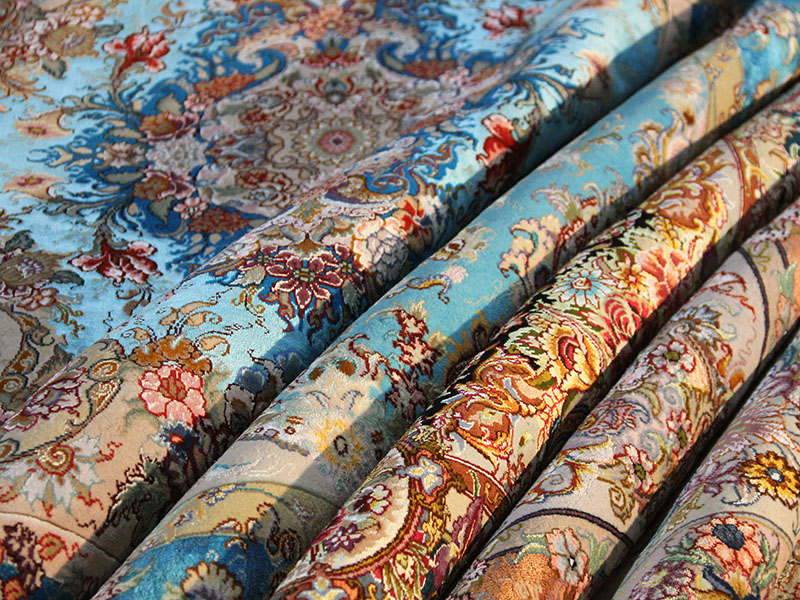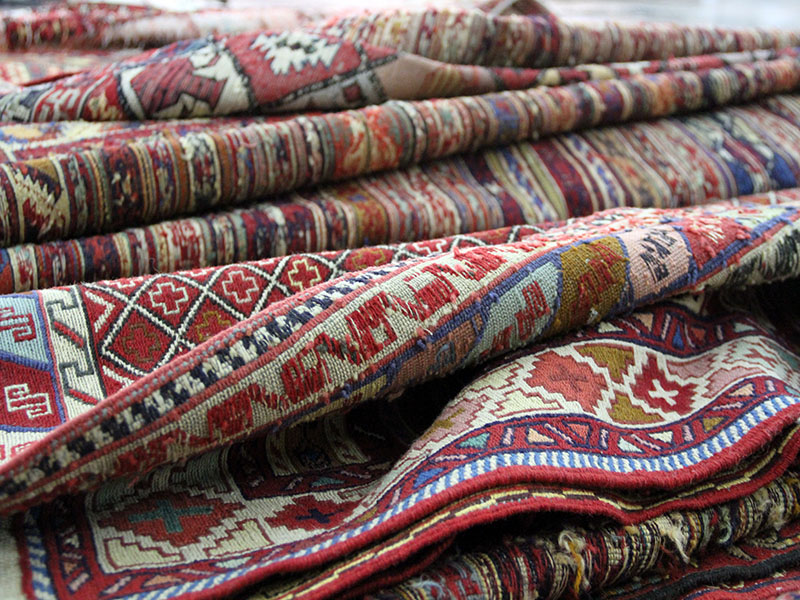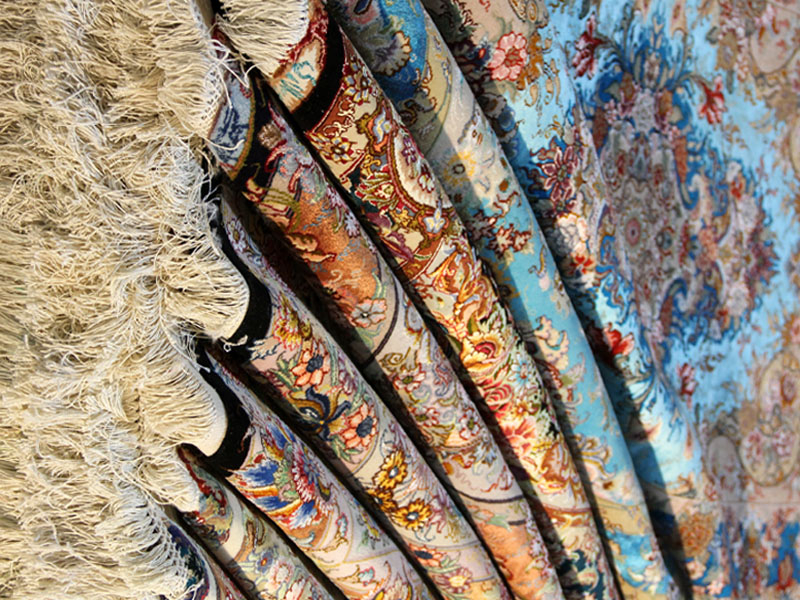Unveiling Masterpieces: The Art and Tradition of Handwoven Iranian Carpets
Unveiling Masterpieces: The Art and Tradition of Handwoven Iranian Carpets
Iranian handwoven carpets are not just floor coverings; they are masterpieces that encapsulate centuries of artistry, tradition, and cultural significance. In this exploration, we delve into the intricate world of handwoven Iranian carpets, unveiling the stories woven into each thread and the craftsmanship that defines them.
Historical Legacy:
The history of handwoven carpets in Iran is a tapestry rich with cultural influences and artistic evolution. From the ancient Persians to the present day, each era has left its mark on these carpets, creating a unique blend of tradition and innovation.
Artistry and Craftsmanship:
The creation of an Iranian carpet is a meticulous process that involves skilled artisans. From selecting the finest materials to the intricate knotting techniques, every step contributes to the final masterpiece. The artistry lies not only in the visual appeal but also in the cultural narratives embedded within the patterns.

Symbolism and Cultural Significance:
Beyond their aesthetic allure, Iranian carpets often carry deep symbolism and cultural significance. Different regions and communities contribute their unique styles, incorporating motifs and designs that reflect local traditions and stories.
Regional Diversity:
Iran's diverse landscapes and communities contribute to a vast array of carpet styles. Whether it's the nomadic weavings of the Zagros Mountains or the intricate city carpets, each region adds its own flavor to the tradition, creating a diverse and vibrant tapestry.
The Enduring Appeal:
The global appreciation for Iranian handwoven carpets goes beyond their visual appeal. Collectors, enthusiasts, and connoisseurs value these carpets for their quality, craftsmanship, and the timeless beauty that adds a touch of Persian elegance to any space.

Preserving Heritage:
In the face of modernization, there is a concerted effort to preserve the traditional art of carpet weaving. Artisans and organizations work tirelessly to pass down the skills and techniques to future generations, ensuring the continuity of this cherished craft.
Conclusion:
Unveiling the masterpieces of handwoven Iranian carpets is an exploration of both art and heritage. Each carpet is a testament to the enduring legacy of craftsmanship in Iran, reflecting the stories of a nation through patterns, colors, and traditions. As we step into the world of these carpets, we not only witness the mastery of the weavers but also connect with a cultural heritage that continues to captivate and inspire.

